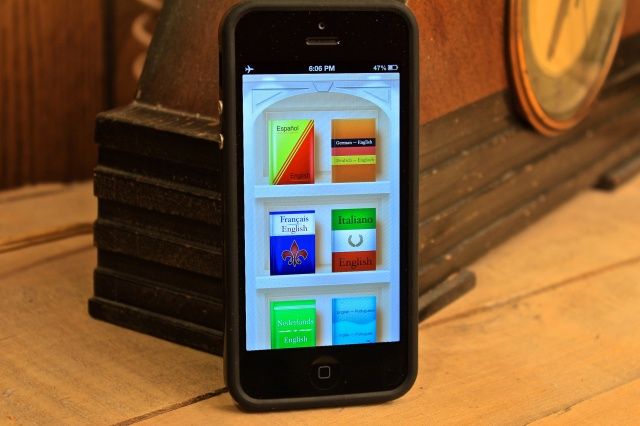

Most translations are between English and Spanish, Arabic, Russian, Portuguese and Indonesian.ĭid You Know? “Brazil uses Google Translate more than any other country.”īut Google Translate is hardly a reliable and consistent translation solution. Google Translate has more than 500 million consumers. Or when you do not have internet access, which is cool. It is suitable for travel if you only want to translate a few words here and there.
#Itranslate review android
– Available for PC, iOs, and Android Phones. – Supporting 109 languages at various levels. – Translate handwriting and text moving inside images. – A way to translate different types of language and speech.

Google Translate is the best translation tool available.īesides, Google Translate provides some impressive features, such as: They can read natural language and answer in a natural tone to queries. These systems can now talk and comprehend like humans.

Artificial intelligence and machine learning have come a long way. And artificial intelligence to enhance translations. Since its launch in 2006, Google has used machine learning. Without you having to spend some money on a translator, it assists with communication. Google Translate has made it easier to gain access to easy and quick translation services. But tragically, carrying a person around in your pocket is not that easy! So, the cell phone offers some relief when a fast translation is required. Nothing beats a flesh and bone translator. And it can already provide translations into 32 languages through text, photo, and speech.Īfter understanding the working algorithm of Google Translate, you can’t say exactly how accurate is Google Translate. The Google Translate app supports more than 100 languages. To better imitate a real human, resulting in smoother and easier translations to learn. The new implementation of NMT by Google helps their AI evaluate the wider meaning of words and phrases. The possibility of having an accurate translation is therefore based on the translated text database. And string these together to construct the sentence translation. They then decide what is the most frequently occurring translation for each component. They break down each sentence into individual words or phrases to find a match for their database. SMT is based on language pattern matching. Google uses a translation algorithm called Statistical Machine Translation (SMT). It’s just about math and odds in Google Translate, not context! Instead, the translations are solely based on statistical events. Google does not try to interpret the context of each sentence as a whole. That includes the use of a wide variety of linguistic sources. By pivoting to Neural Machine Translation (NMT). Google took its translation services a step further in 2016.
#Itranslate review software
The software has been upgraded using AI and machine learning. Now, to improve the accuracy of translations. Initially, Google used the United Nations and European Parliament documents to obtain linguistic data. And choose the language you are translating it into. Simply enter a phrase or word in the text box to use it. Google launched this service for machine translation in 2006.
#Itranslate review free
Google Translate is a free service offered by Google.

Google Translate is known to those who are familiar with the Internet and its capabilities. But the sentences and meaning might not always be right. Yes, the translated text is often accurate. But, when you convert a whole page into a browser, things begin to decline. When you try to translate only a bunch of words or a few sentences, the results are fairly reliable.


 0 kommentar(er)
0 kommentar(er)
